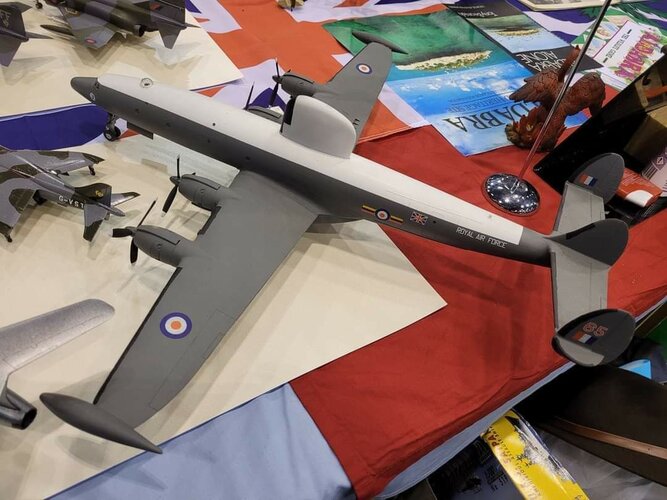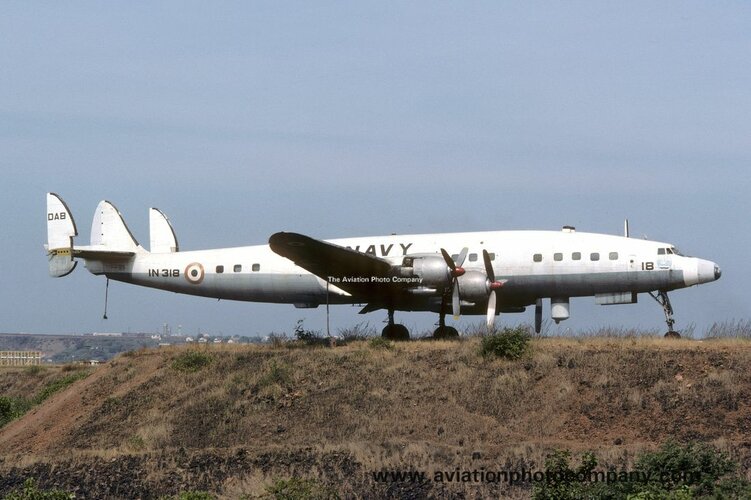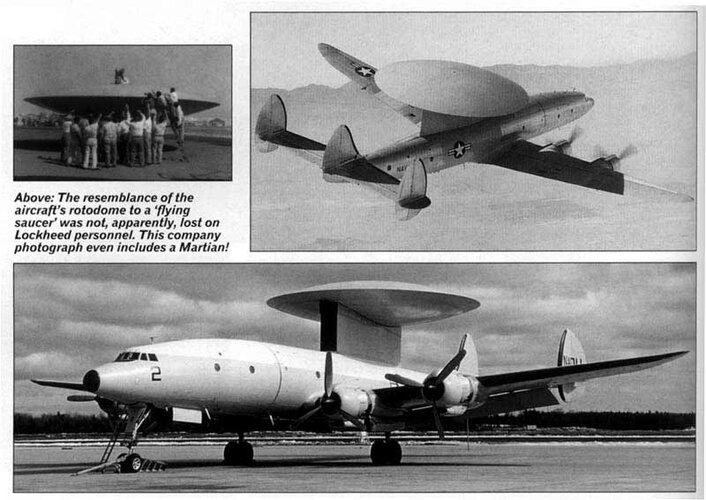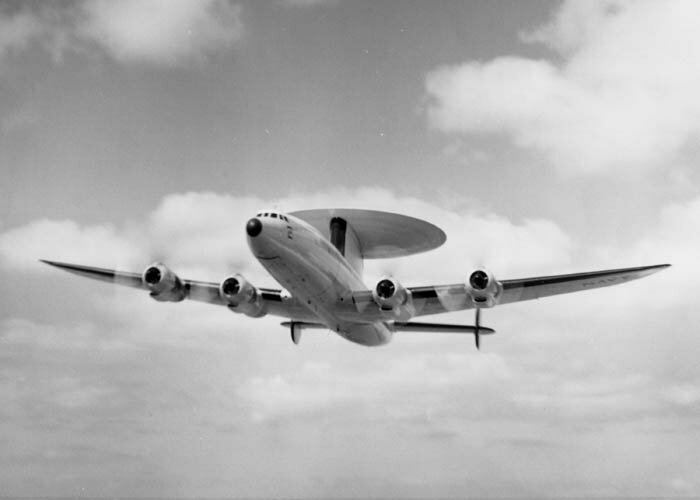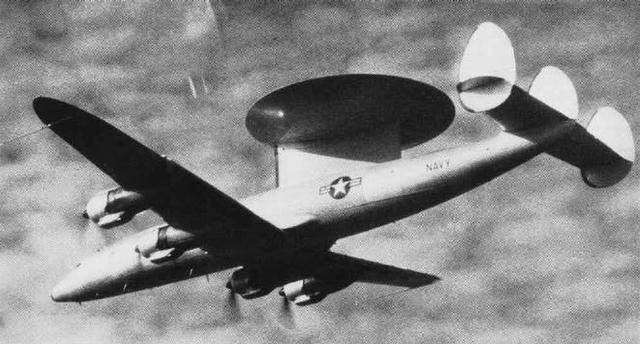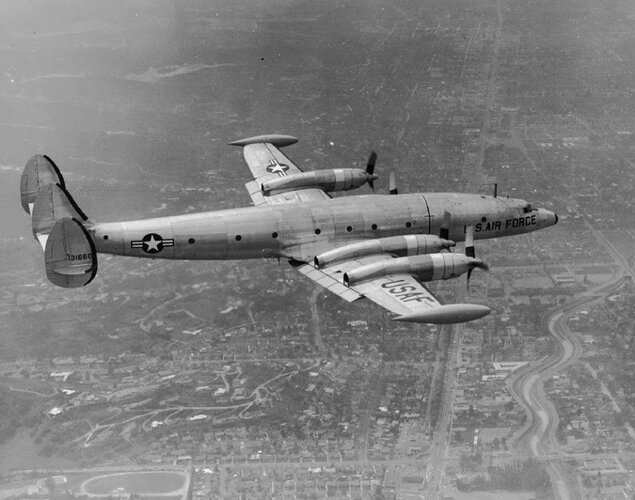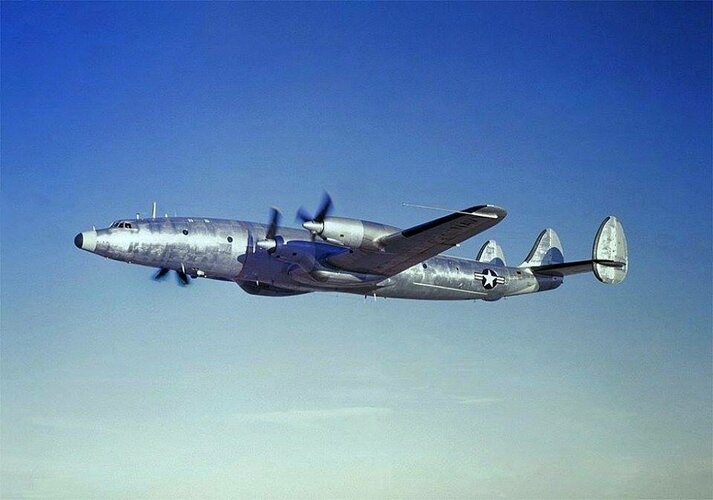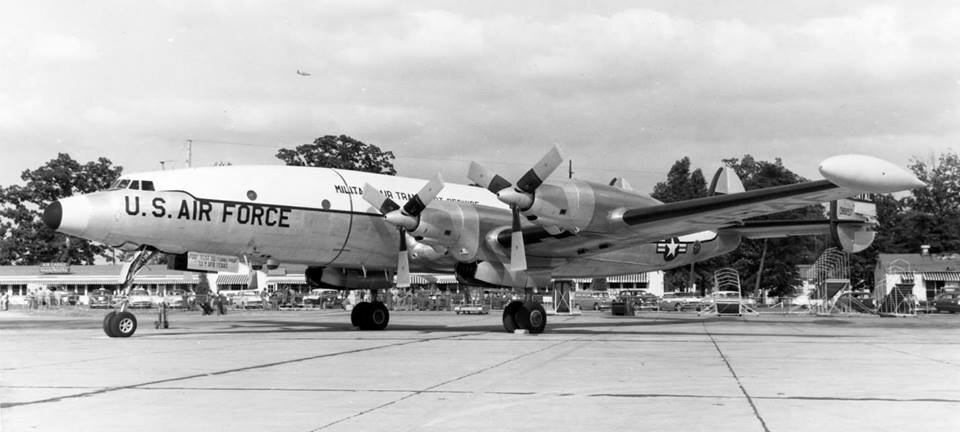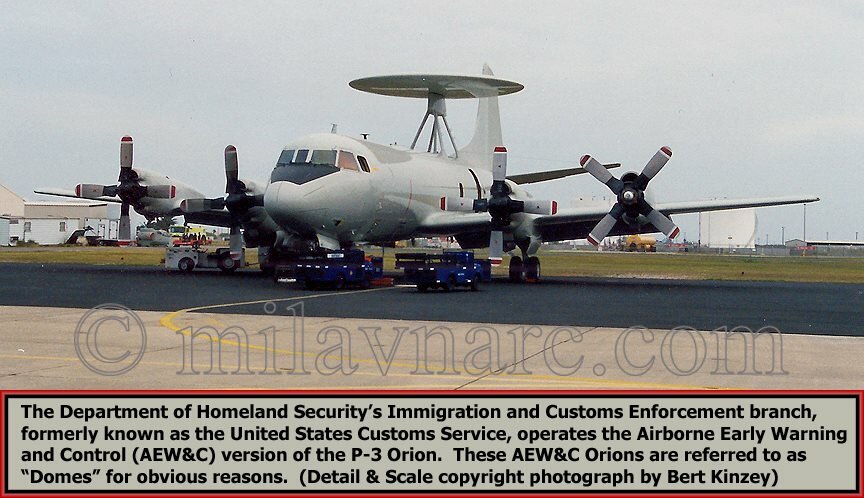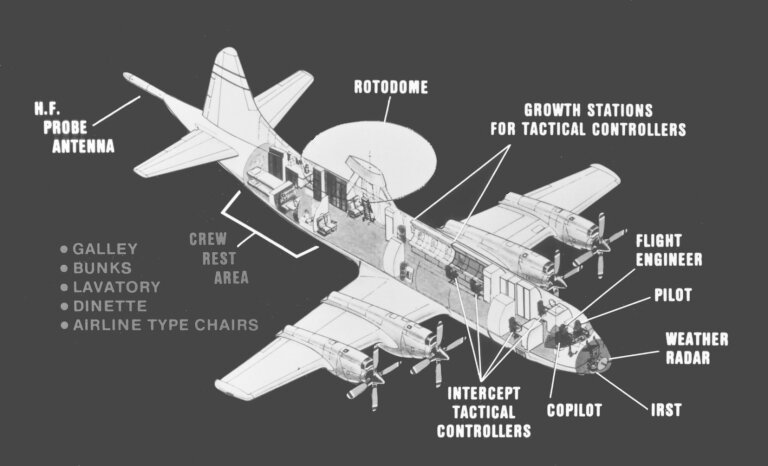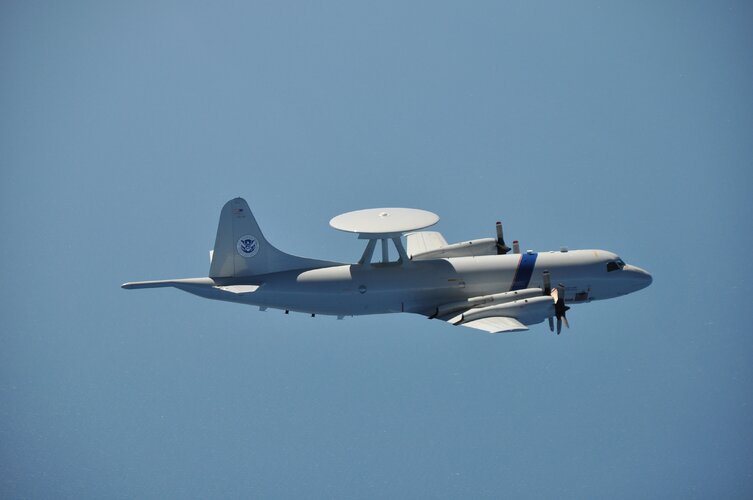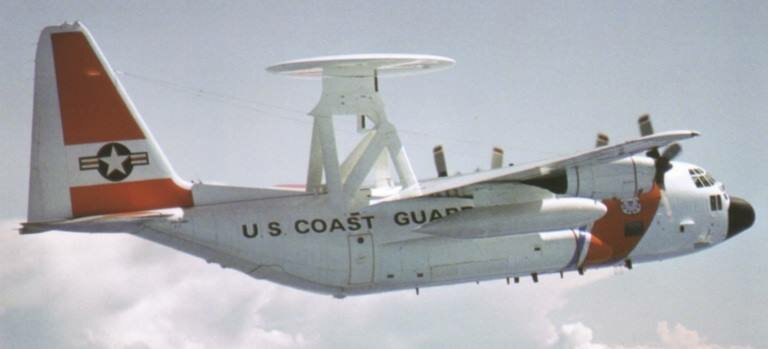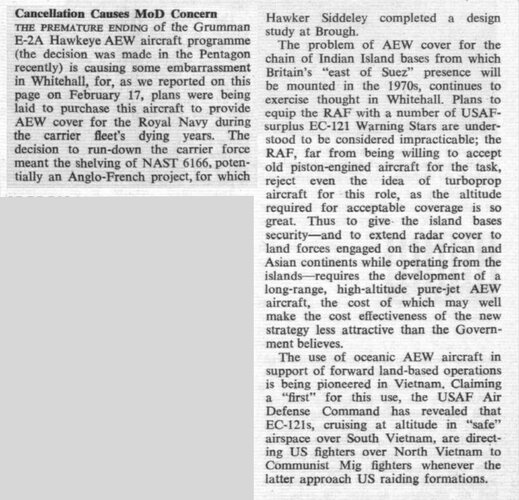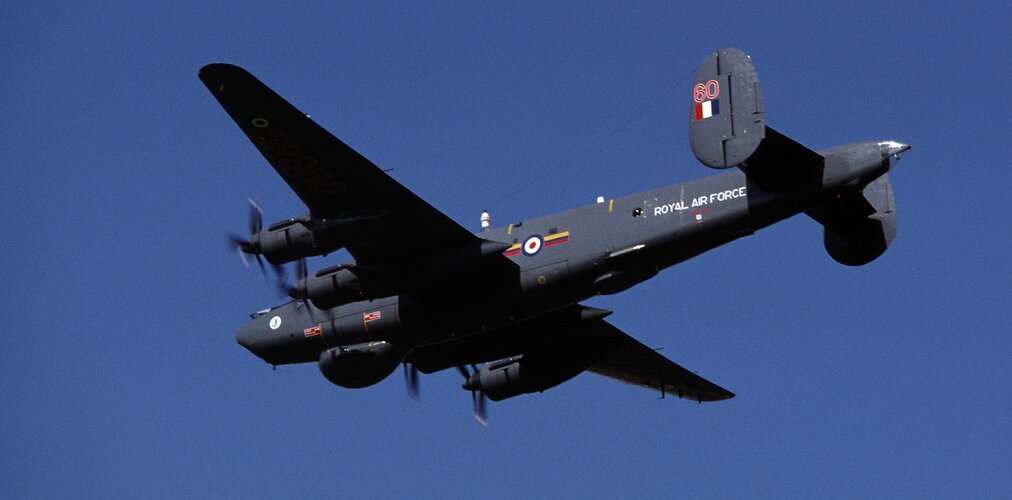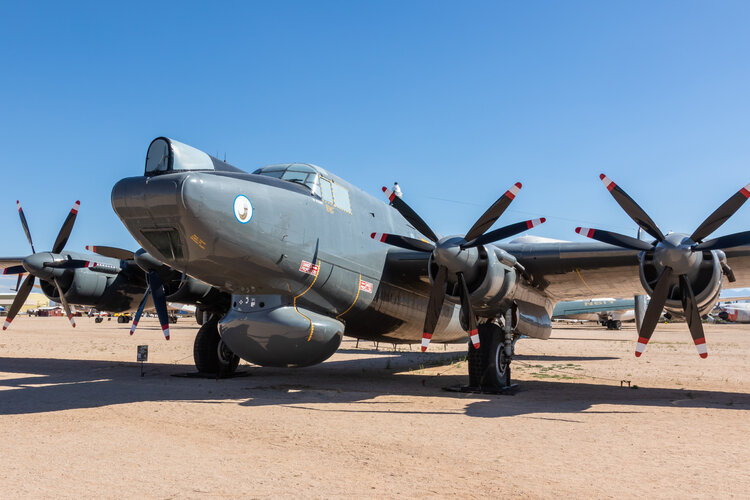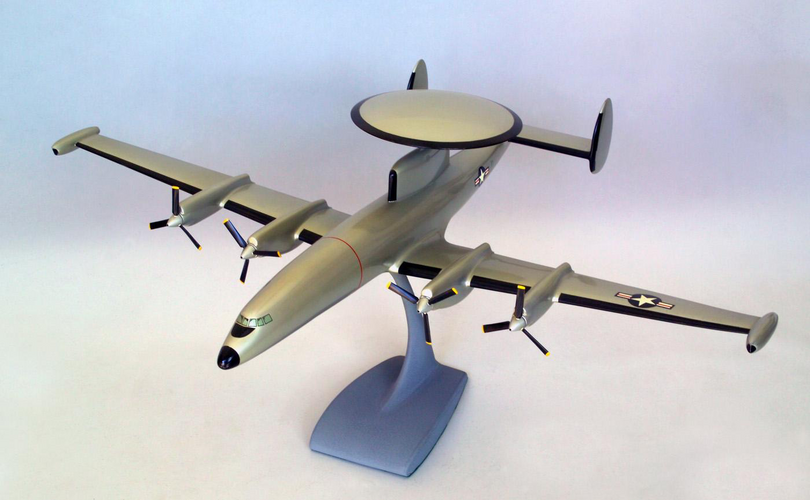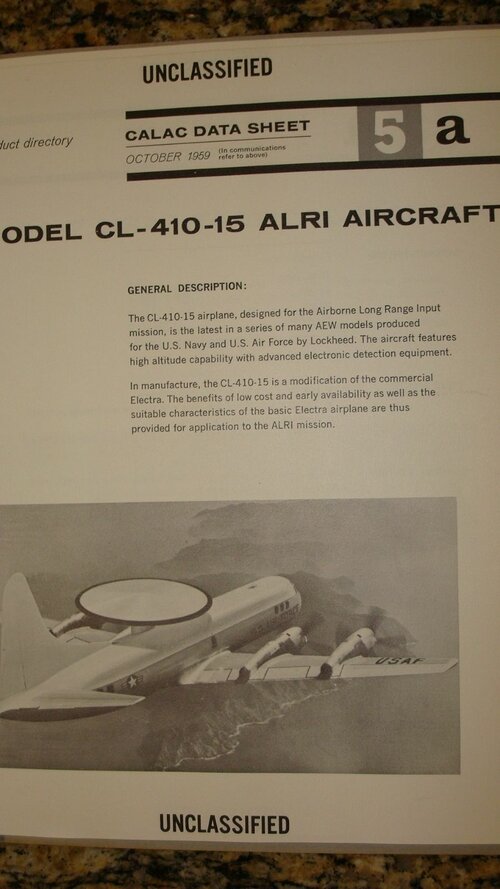Rule of cool
ACCESS: Top Secret
The USN acquired 142 Lockheed EC121s in the early 50s to mount long-range early warning barrier patrols in the Atlantic and Pacific. The main strength was 5 sqns for each ocean with various cats and dogs supporting units. The barrier patrol lasted until 1965 and afterwards the USN transferred 30 EC121 to the USAF, kept a lot of the cats and dogs units but as best as I can tell retired dozens of EC121 AEWs. In contrast the USAFs EC121 AEW fleet, and some of the remaining USN EC121 AEW aircraft, were upgraded, sent to war in Vietnam and worked hard for the next 7 or so years.
What if, instead of retiring them the US decided to push these AEW aircraft out to allies at cut rates from 1965? Which air forces would be candidates to operate them, in what numbers and what roles?
On the technical side early EC121s had the ventral APS20 search radar and the dorsal APS45 height finder, both with a range of about 70 miles for fighter sized targets. From 1962 USAF EC121s had upgraded APS95s replacing the APS20 but still had the APS45 on the back until the 2nd half of the 60s, but the USN didn’t upgrade the aircraft they retired. These aircraft are optimised for use over water, they aren’t much chop over land.
What if, instead of retiring them the US decided to push these AEW aircraft out to allies at cut rates from 1965? Which air forces would be candidates to operate them, in what numbers and what roles?
On the technical side early EC121s had the ventral APS20 search radar and the dorsal APS45 height finder, both with a range of about 70 miles for fighter sized targets. From 1962 USAF EC121s had upgraded APS95s replacing the APS20 but still had the APS45 on the back until the 2nd half of the 60s, but the USN didn’t upgrade the aircraft they retired. These aircraft are optimised for use over water, they aren’t much chop over land.

